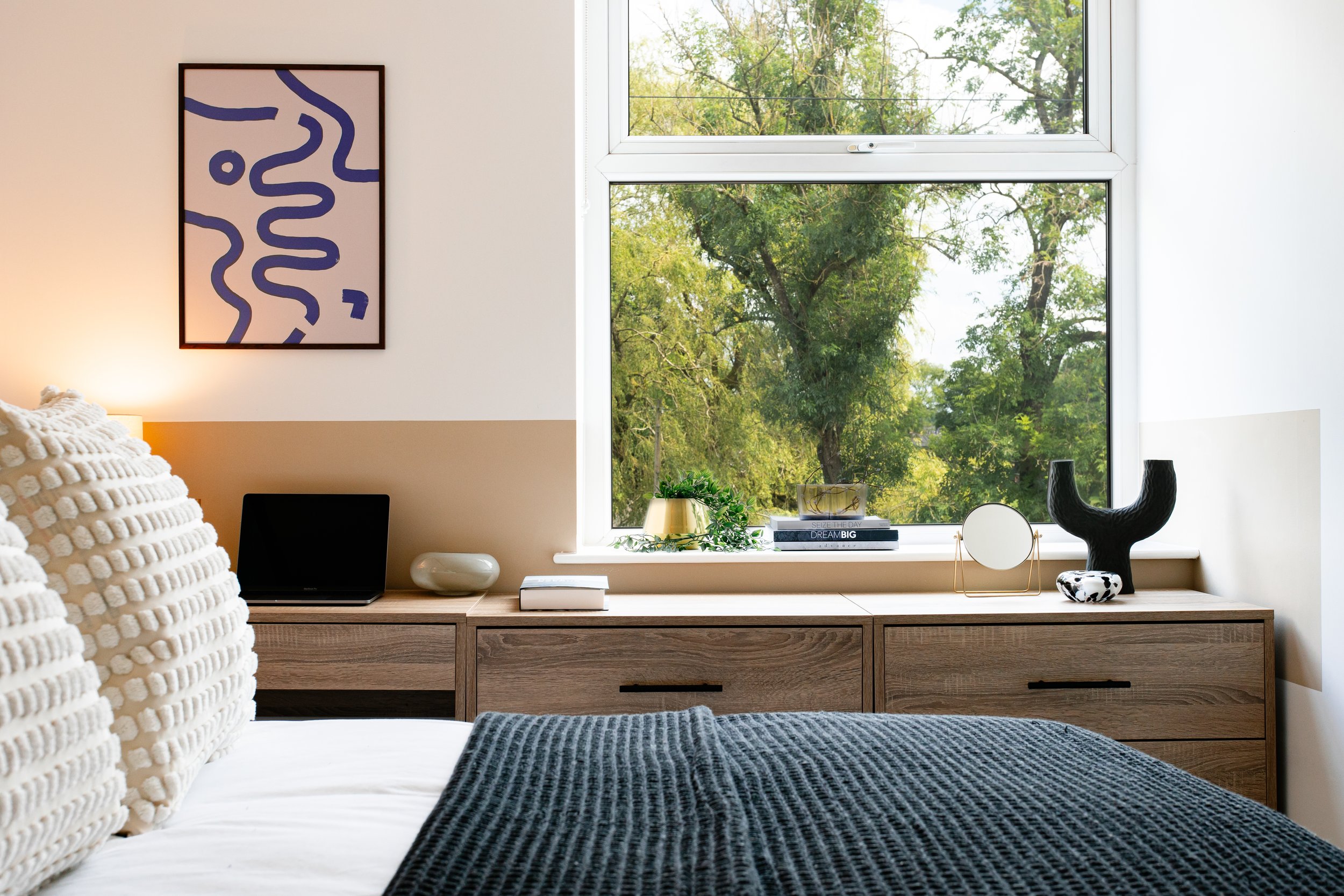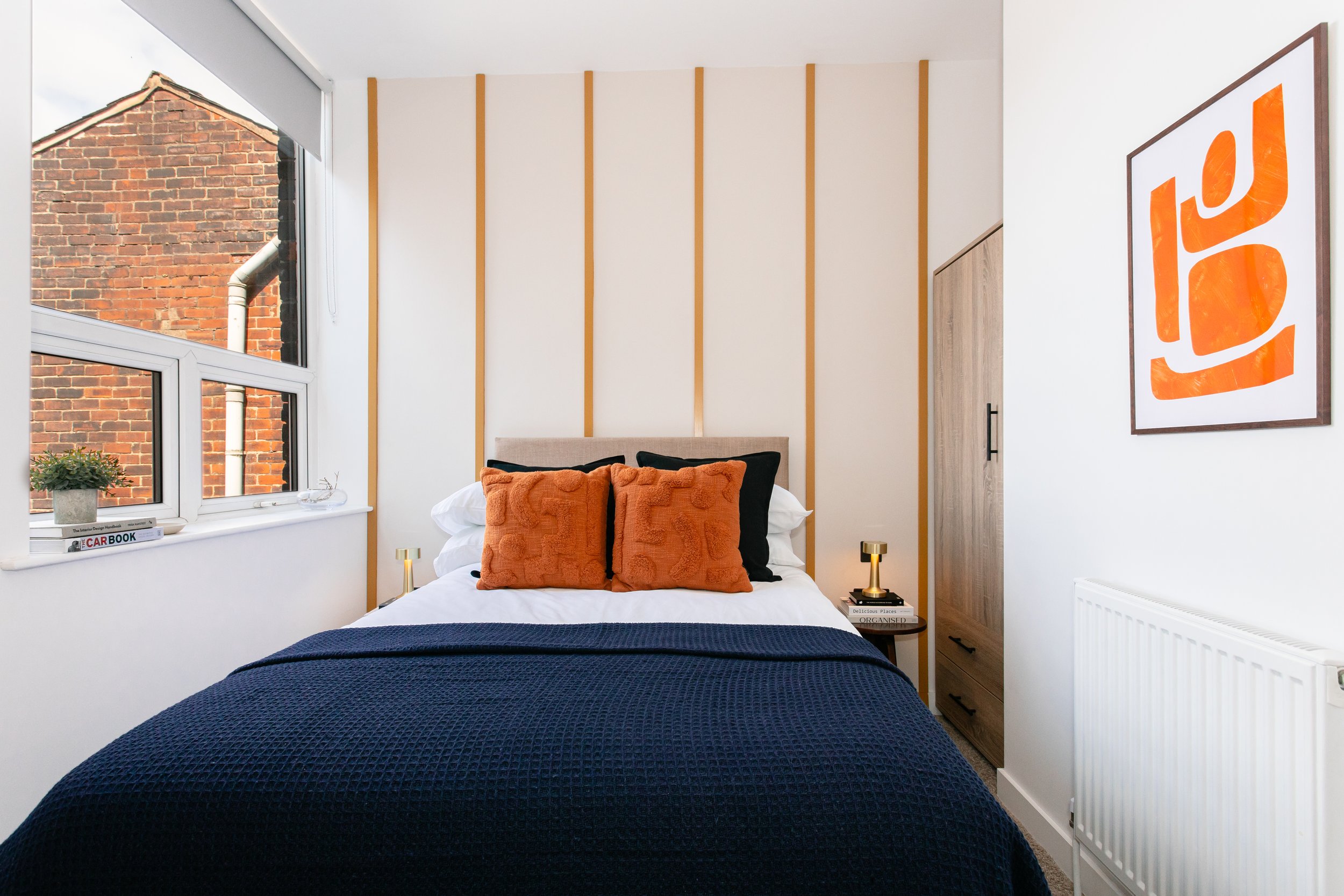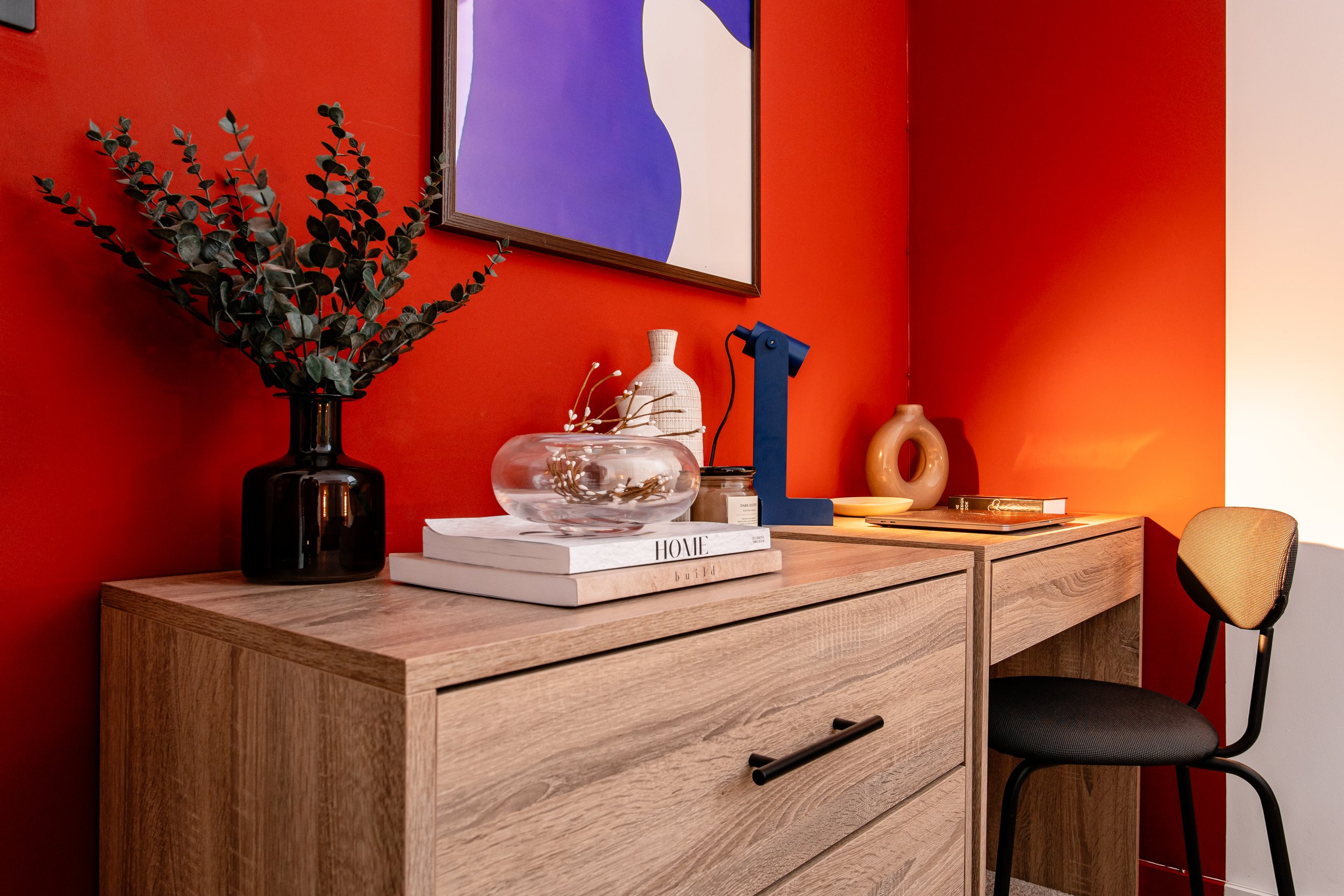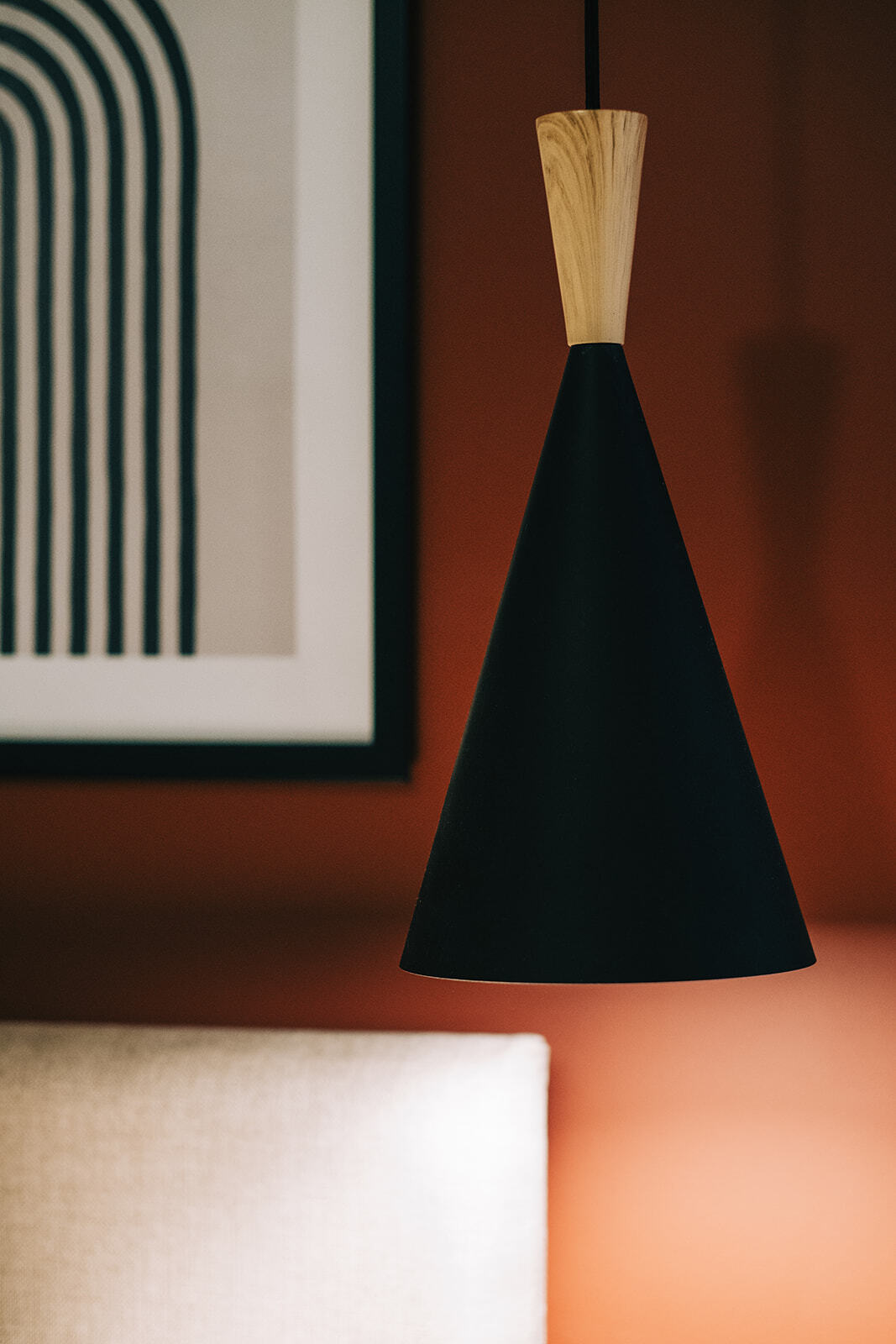Why Most Property Developers Are Doing It Wrong: The Design Mistakes You Can’t Afford
Why Most Property Developers Are Doing It Wrong: The Design Mistakes You Can’t Afford
In the world of property development, even small design errors can lead to big problems. From wasted space to poor market appeal, these mistakes can compromise a project’s success, profitability, and long-term value. Yet, many developers continue to make the same errors, believing that a “tried and true” approach will always deliver.
The truth is, conventional development practices often fall short.
If you’re serious about creating properties that stand out and deliver exceptional returns, it’s time to challenge the status quo.
This article unveils some of the most common design mistakes developers make and how avoiding them can lead to significantly better project outcomes.
The Cost of Conventional Thinking
Conventional development practices often prioritise speed and cost-cutting over thoughtful design. While this may seem efficient, it often results in properties that lack market appeal, functionality, and longevity. These are not just minor issues—they can significantly impact a property’s profitability and value.

Bedroom 5 @ Marwalmersley
Common Design Mistakes in Property Development
Ignoring Market Demand: Developers often design properties based on personal preferences or past successes rather than current market needs. This can lead to spaces that are out of sync with what potential buyers or tenants are looking for. For example, creating large, formal dining rooms in an area where open-plan living is preferred can make the property feel outdated before it even hits the market.
Poor Space Utilisation: Inefficient layouts are a major issue in many developments. Wasted space, awkward room sizes, and poorly planned circulation areas can make even large properties feel cramped and unwelcoming. Effective space utilization is about maximising functionality and flow, ensuring that every square foot serves a purpose.
Neglecting the Importance of First Impressions: The exterior and entryway of a property set the tone for everything that follows. Failing to invest in curb appeal—whether it’s landscaping, façade design, or lighting—can turn potential buyers or tenants away before they even step inside. First impressions are lasting, and neglecting them can significantly impact marketability.
Overlooking Durability and Maintenance: Choosing materials and finishes based solely on appearance or cost can lead to long-term issues. Cheap materials may save money upfront, but they often require frequent repairs and replacements, increasing maintenance costs and diminishing the property’s appeal over time. Investing in durable, low-maintenance materials enhances the property’s value and reduces headaches for future owners.
Ignoring the Role of Lighting: Lighting is often an afterthought in many developments, yet it has a profound impact on how spaces are perceived. Poor lighting can make even the best-designed rooms feel uninviting and cramped. Incorporating both natural and artificial light enhances the property’s look, feel, and functionality, creating a welcoming atmosphere that appeals to buyers and tenants.
Disregarding the Power of Flexibility: Modern buyers and tenants value flexibility in living and working spaces. Properties designed without considering adaptable layouts or multifunctional rooms can quickly become obsolete. Developers should consider how spaces can be adapted over time to meet changing needs, whether it’s a home office, additional storage, or adaptable room functions.

Bedrrom 4 @ Marwalmersley
How to Avoid These Common Mistakes
To avoid these pitfalls and create properties that stand out in the market, developers need to adopt a more strategic, design-focused approach.
Here’s how:
Conduct In-Depth Market Research: Understanding your target market is essential. Who will live or work in your development? What are their preferences, needs, and pain points? Use this information to guide design decisions, ensuring that the property appeals to your intended audience.
Prioritise Functionality Over Aesthetics: While beautiful design is important, it should never come at the expense of functionality. Ensure that internal layouts are practical and efficient, maximising the usability of each space. Consider factors like storage, circulation, and room size to create a comfortable and flexible living environment.
Invest in Quality Materials: Don’t cut corners on materials and finishes. High-quality, durable materials not only enhance the property’s appearance but also reduce maintenance costs and improve long-term value. Consider the lifecycle of materials and choose options that will stand the test of time.
Embrace Lighting as a Design Element: Integrate lighting design early in the project. Use a mix of natural and artificial lighting to highlight architectural features, enhance the ambiance, and create a sense of space. Proper lighting design can transform the look and feel of a property, making it more appealing and comfortable.
Design for Flexibility: Think about how a property can adapt to different uses over time. Include multipurpose rooms, convertible furniture, and design with flexibility in mind. This will make a property more appealing to a wider audience and increase its long-term marketability.
Focus on Curb Appeal: Don’t underestimate the importance of a property’s exterior. Invest in landscaping, façade design, and outdoor lighting to create a welcoming first impression. These elements not only enhance the property’s appearance but also add tangible value.

Styling @ Marwalmersley
Real-World Examples of Design Mistakes
Consider a commercial development where the interior layout prioritised aesthetics only, lacked practical functionality and didn’t cater to the target market.
The result?
A beautiful space that was difficult to lease due to awkward room configurations and insufficient storage. After investing in market research and a redesign that prioritised functionality and its target market—reconfiguring the layout, adding built-in storage, and improving lighting—the property quickly attracted high-quality tenants and achieved a significantly higher rental rate.
Another example involves a residential project where developers chose low-cost materials to stay within budget. Within a few years, issues like peeling paint, cracked tiles, and worn-out flooring emerged, leading to expensive repairs and a decline in property value. Had the developers invested in more durable materials initially, they would have saved on maintenance costs and preserved the property’s value.
The Bottom Line: Design with Purpose
Successful property development is about more than just building structures; it’s about creating spaces that enhance the lives of those who use them.
By avoiding common design mistakes and focusing on functionality, durability, and market appeal, developers can create properties that not only stand out but also deliver strong, long-term returns.
Rethinking Conventional Wisdom
It’s time to move beyond conventional practices and rethink how we approach property development. By challenging the status quo and adopting a design-focused, strategic approach, developers can avoid costly mistakes and create properties that truly meet market demand. Whether you’re starting a new project or looking to optimise an existing one, a commitment to quality design is key to achieving exceptional outcomes.

Kitchen @ Marwalmersley
Ready to Transform Your Next Development?
If you’re looking to create developments that make a difference in the development world and deliver exceptional returns, the right design approach is crucial.
At Mardesign, we specialise in supporting property developers to bring to the market design-led spaces that not only maximise functionality but also enhance long-term value.
Get in touch today to discuss you next project and gain clarity on where you stand - Check out Property Development Assessment Scorecard:
https://exploreourworld.mar-design.co.uk/assessment
It’s designed to provide a clear snapshot of where you stand and identify key areas for improvement to help you maximise your developments.
Check out what investors say.
“When planning the interiors for our first home I had a consultation with Raquel, which greatly helped me to create a clear vision of what I wanted and how to execute this. Her approach was professional and practical, I wouldn’t hesitate to recommend her services.”
—Natalie Gascoyne





